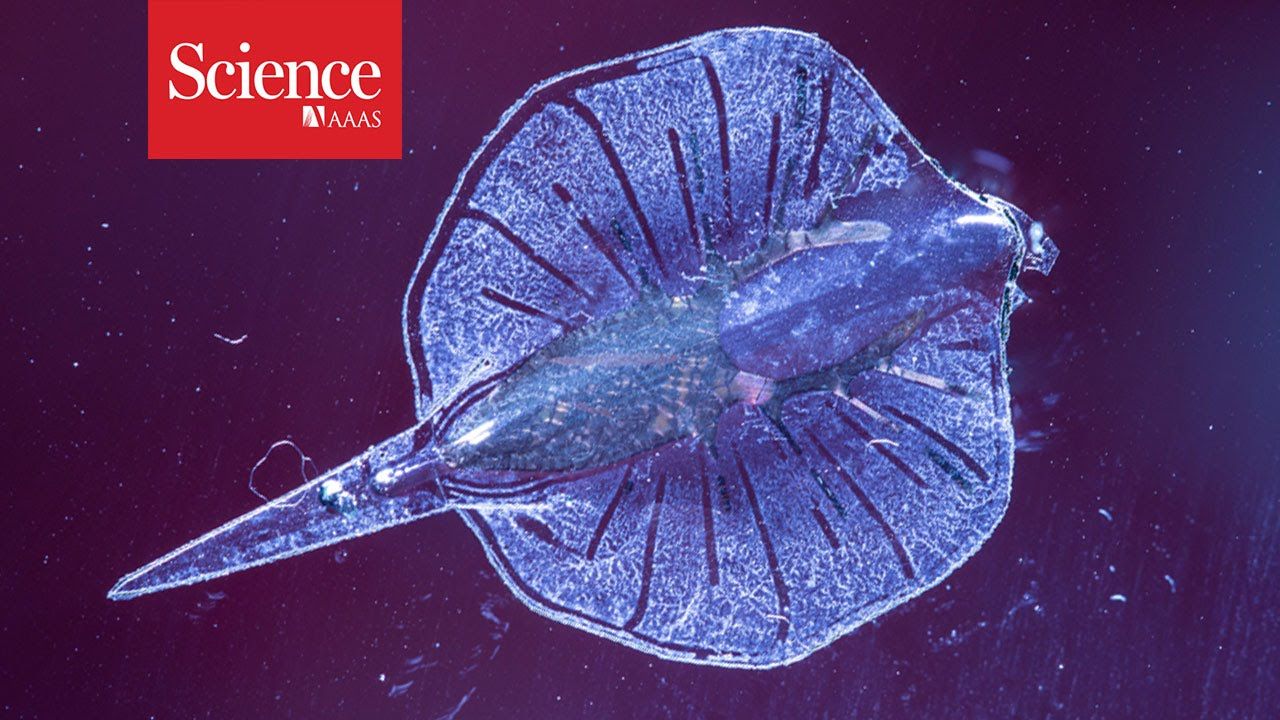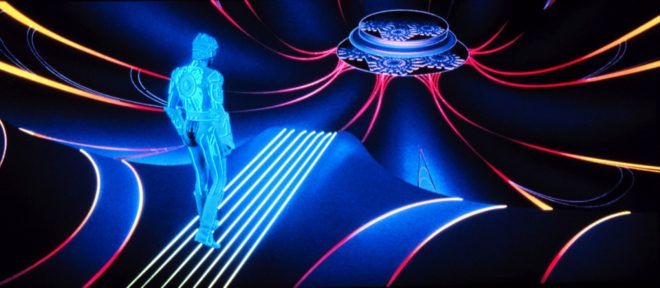Page 11008
Jul 8, 2016
Man Builds Half Ton Tetris Computer Because Why Not
Posted by Karen Hurst in category: computing

Tetris #1 fan.
This giant homemade machine runs at 8kHz.
Continue reading “Man Builds Half Ton Tetris Computer Because Why Not” »
Jul 8, 2016
IARPA wants big data intel tools that can predict the future
Posted by Karen Hurst in category: information science
IARPA is interested in proposals ranging four broad topics – anticipatory intelligence, analysis, operations and collection – to better integrate intelligence.
Jul 8, 2016
Tunable wetting and adhesion of graphene demonstrated
Posted by Karen Hurst in categories: engineering, materials
Nice.
“Our study suggests for the first time that the doping-induced modulation of the charge carrier density in graphene influences its wettability and adhesion,” explained SungWoo Nam, an assistant professor in the Department of Mechanical Science and Engineering at Illinois. “This work investigates this new doping-induced tunable wetting phenomena which is unique to graphene and potentially other 2D materials in complementary theoretical and experimental investigations.”
Graphene, being optically transparent and possessing superior electrical and mechanical properties, can revolutionize the fields of surface coatings and electrowetting displays, according to the researchers. A material’s wettability (i.e. interaction with water) is typically constant in the absence of external influence and are classified as either water-loving (hydrophilic) or water-repelling (hydrophobic; water beads up on the surface). Depending on the specific application, a choice between either hydrophobic or hydrophilic material is required. For electrowetting displays, for example, the hydrophilic characteristics of display material is enhanced with the help of a constant externally impressed electric current.
Continue reading “Tunable wetting and adhesion of graphene demonstrated” »
Jul 8, 2016
Introducing robo-ray: part animal, part machine
Posted by Karen Hurst in category: robotics/AI

The tiny artificial stingray is the first step to bigger, more complex tissue-engineered robots, scientists say. Belinda Smith reports.
Jul 8, 2016
Microsoft Testing DNA’s Data Storage Ability With Record-Breaking Results
Posted by Karen Hurst in categories: computing, genetics, information science, internet, quantum physics
Biocomputing/ living circuit computing/ gene circuitry are the longer term future beyond Quantum. Here is another one of the many building blocks.
The tiny molecule responsible for transmitting the genetic data for every living thing on earth could be the answer to the IT industry’s quest for a more compact storage medium. In fact, researchers from Microsoft and the University of Washington recently succeeded in storing 200 MB of data on a few strands of DNA, occupying a small dot on a test tube many times smaller than the tip of a pencil.
The Internet in a Shoebox.
Continue reading “Microsoft Testing DNA’s Data Storage Ability With Record-Breaking Results” »
Jul 8, 2016
Aerospace-industry mavens discuss Boeing’s next 100 years
Posted by Karen Hurst in categories: futurism, transportation
Interesting and plausible perspective about the future of air travel.
The Boeing Co. is turning 100 on July 15. Throughout the year, The Daily Herald is covering the people, airplanes and moments that define The Boeing Century. More about this series.
Jul 8, 2016
Flipping Crystals Improves Solar-Cell Performance
Posted by Karen Hurst in categories: computing, solar power, sustainability
New method for solar cells.
New solar cells could lead to improved light-emitting diodes, lasers and sensors.
 Mercouri G. Kanatzidis.
Mercouri G. Kanatzidis.
Continue reading “Flipping Crystals Improves Solar-Cell Performance” »
Jul 8, 2016
Hanergy claims solar cars need 5 hours of sun for 50 miles of range
Posted by Karen Hurst in categories: solar power, sustainability, transportation
Glad that I hadn’t plan to buy one of these cars.
A Chinese company is hoping to bring the solar-powered car to market, showing off four new “zero-charge” EVs that get all their range from the sun.
Cats are definitely smarter than dogs if this is true. Guess I should change my cat’s name from Dusty to Einstein or maybe Julius.
New research suggests that your cat might actually have a handle on some very basic physics, and can use it to help them hunt down hidden prey.
If the thought of your cat being better than you at physics — as well as being allowed to sleep all day — is getting you down, don’t worry, because we’re talking very simple cause-and-effect concepts here, and they only work when paired with cats’ extraordinary hearing and eyesight.
Continue reading “Your cat probably understands basic physics” »
















